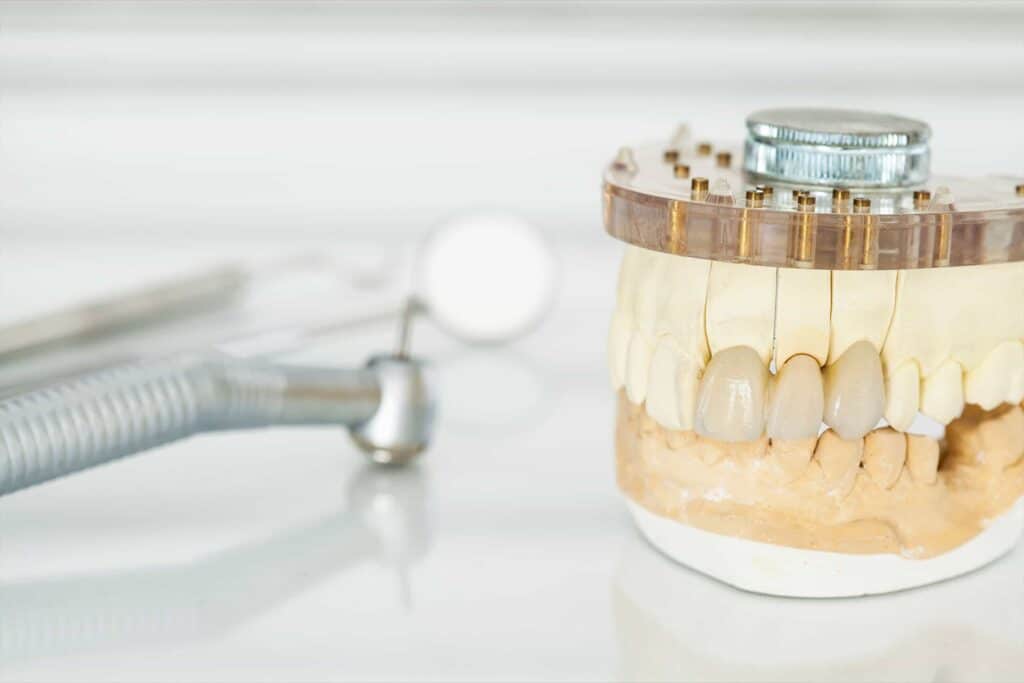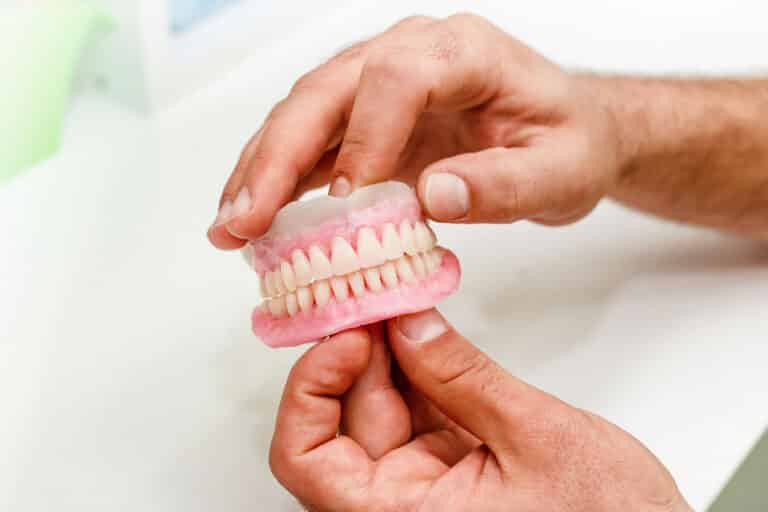Dental caries, also known as tooth rot, decay or cavities, are among the most common health problems. It affects people of all ages, especially children, teenagers, and older adults. However, in essence, anyone with teeth is susceptible to cavities.
Cavities occur because the hard tissues of the tooth break down from acids produced by bacteria in the mouth. These bacteria consume the same foods you eat and they love refined sugar. The more they can acquire, the more they produce these acids that erode the surface of the tooth. Cavities may manifest in different areas of the tooth. They all end up eating at the tooth if not treated. Eventually, one or more holes may form in the enamel of the tooth. Then it proceeds to the dentin and eventually the pulp.
Unless caught early, most people do not realize that they have dental caries until treatment is needed. This is due to its slow, progressive nature. Cavities generally do not hurt until they are close to the nerve. However, there are symptoms that are a clear sign there are dental caries. For instance, increased frequency and intensity of a sensitive tooth can mean a cavity.
This may also be more evident from the pain when you bite down. Also, sensitivity when taking hot or cold liquids is also another indicator. A physical examination and x-rays will show signs of tooth decay. This is done by checking for areas of shadowing, pits, or holes on the tooth.
What Causes Dental Caries?
Dental caries can be caused by a plethora of factors. They usually occur as a result of a combination of a few, if not all. The primary cause of caries is bacteria that are present in the mouth.
Although there are many types of bacteria present in the mouth, only a few types cause tooth decay. These bacteria eat the food that you consume and release acids that erode the surface of the tooth.
A diet high in sugar and carbohydrates intensifies this process. Not brushing your teeth properly leaves a bacterial biofilm in place. They eventually form a plaque that insulates and protects the bacteria.
The pH of the mouth usually remains around neutral. However, the consumption of food, especially sugary foods or highly processed foods, leads to more acid being produced by bacteria. This effectively lowers the pH of the oral cavity, making it more acidic. This dissolves the mineral content of the tooth but can be buffered by saliva production or the use of artificial aids like mouthwash.
Are Cavities Genetic?
There is some indication that genetics play a role in who develops cavities, meaning if some family members have them, others may be more prone to them as well. Most of the time, environmental factors play the largest role in why some people develop cavities more commonly than others.
How Can I Prevent Dental Caries?
Preventing dental caries involves getting at the root cause. You can prevent dental caries by reducing or eliminating risk factors. Good oral hygiene is the beginning point in preventing cavities. By brushing and flossing your teeth properly, you eliminate the remnants of food that stick to your teeth, preventing oral bacteria from acting upon them.
Proper dental hygiene should also hand in hand with dietary changes. Consuming highly processed foods with high sugar content provides the energy required by the bacteria. Avoiding sugary drinks and frequent snacking helps with this. This is because eating frequently activates the bacteria in the mouth causing them to produce more acid which in turn lowers the pH of the mouth. They also have a longer period to break down the food remnants.
If you can’t avoid eating sugary foods, then neutralizing the oral pH is important. Saliva acts as a buffer against acidity. Consumption of a high sugar content food may lead to demineralization of the tooth surpassing the neutralizing aspects of saliva. Vigorously rinsing with tap water or chewing sugarfree gum can help neutralize the pH. Alternatively, there are some mouthwashes that can neutralize the oral pH.
This is not immediate and takes some time depending on the individual. Usually it takes thirty minutes to an hour. Fluoride helps to reverse the daily damage that acid causes. It helps in the remineralization of the enamel, to re-harden the surface. This helps to prevent cavities from forming and can even stop some small cavities from getting bigger.
How Can You Treat Cavities at Home?
Treating cavities involves a multifaceted approach and understanding its causes. The simplest way to treat dental caries at home involves regular tooth brushing. Use a fluoride gel or paste for at least two minutes.
You should also regularly floss teeth and brush at least twice daily to get rid of the biofilm. Since fluoride helps to reinforce and remineralize the outer tooth structure, you should try to include it in your toothpaste. Your dental office also has fluoride treatments or they can prescribe extra strength fluoride that can help as well.
Xylitol is increasingly becoming a common mitigating tool as, unlike ordinary sugar, it’s an alcohol sugar. This means that oral bacteria cannot break down xylitol into energy but they still ingest it nonetheless. Xylitol can help slow down the growth of cavity causing bacteria as well. However many studies show that high amounts of xylitol need to be consumed in order to have a noticeable effect. Be sure to keep it away from pets, especially dogs, as it can be poisonous to them.
What Happens if Dental Caries are Not Treated?
Being a progressive disease, cavities get worse as time goes on. Incipient decay are small cavities on the surface that haven’t penetrated the inner layers of teeth. They start off small but if left alone, the hole becomes bigger and starts to descend into the dentin.
Incipient decay does not usually require treatment since it usually can be stopped and remineralized. However, as the cavity gets bigger, it will need professional intervention. The bigger the cavity gets, the closer it gets to the nerve. Once the decay reaches the nerve, it will either need a root canal or extraction. However if still left untreated, it will eventually lead to an infection. The cavity can even get big enough to where there is nothing that can be done to save the tooth and will need to be removed. While the removed tooth can be replaced, it often requires a lot of time, effort, and money to fix.





